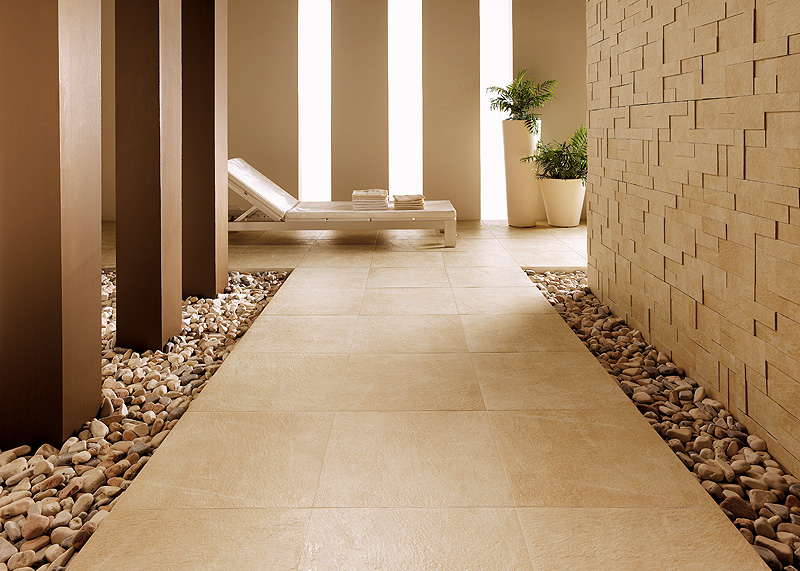Floor tiles are a common and versatile element in interior design. While most of us are familiar with the basic aspects of these tiles, there are some lesser-known facts about these flooring materials that add depth to their story.
1. Historical Roots:
Dating back to thousands of years, archaeological findings suggest that ancient civilizations, such as the Egyptians and Mesopotamians, utilized tiles for flooring purposes as early as 4,000 BC. These tiles were often made from materials like clay and were adorned with intricate designs.
2. Tile Size Evolution:
The size of floor tiles has evolved over time. While larger tiles are now popular for creating a seamless and modern look, historically, smaller tiles were favored. In the Victorian era, for instance, intricate mosaic patterns with small tiles were widely used in grand architectural projects.
3. The Impact of Grout Lines:
Grout lines play a significant role in the overall aesthetics of tiled floors. The color and width of grout lines can dramatically influence the appearance of a tiled surface. Contrasting grout colors can create a bold and dynamic effect, while matching grout colors can provide a seamless and cohesive look.
4. Digital Printing Technology:
Modern floor tiles owe some of their stunning designs to advancements in digital printing technology. This technology allows manufacturers to replicate the look of natural materials like wood, stone, and even intricate patterns with remarkable precision. As a result, homeowners can enjoy the visual appeal of various materials in a more durable and cost-effective form.
5. Eco-Friendly Options:
Environmentally conscious consumers can now choose from a range of eco-friendly floor tile options. Some tiles are made from recycled materials, such as glass or reclaimed ceramics. Additionally, certain manufacturers produce tiles with lower carbon footprints by utilizing sustainable practices in their production processes.
6. Anti-Bacterial Properties:
Some floor tiles are designed with anti-bacterial properties, contributing to a healthier indoor environment. These tiles are treated with special coatings or additives that inhibit the growth of bacteria, fungi, and mold. This feature is particularly beneficial in spaces like kitchens and bathrooms where hygiene is a top priority.
7. Heating Capabilities:
Underfloor heating systems can be seamlessly integrated with certain types of floor tiles. This innovation allows homeowners to enjoy the luxury of warm floors during colder months, adding both comfort and energy efficiency to their living spaces.
With floor tiles carrying a rich history, their features extend beyond their functional use. These continue to be an essential and evolving element in interior design, offering both practicality and beauty to homes and commercial spaces alike.





